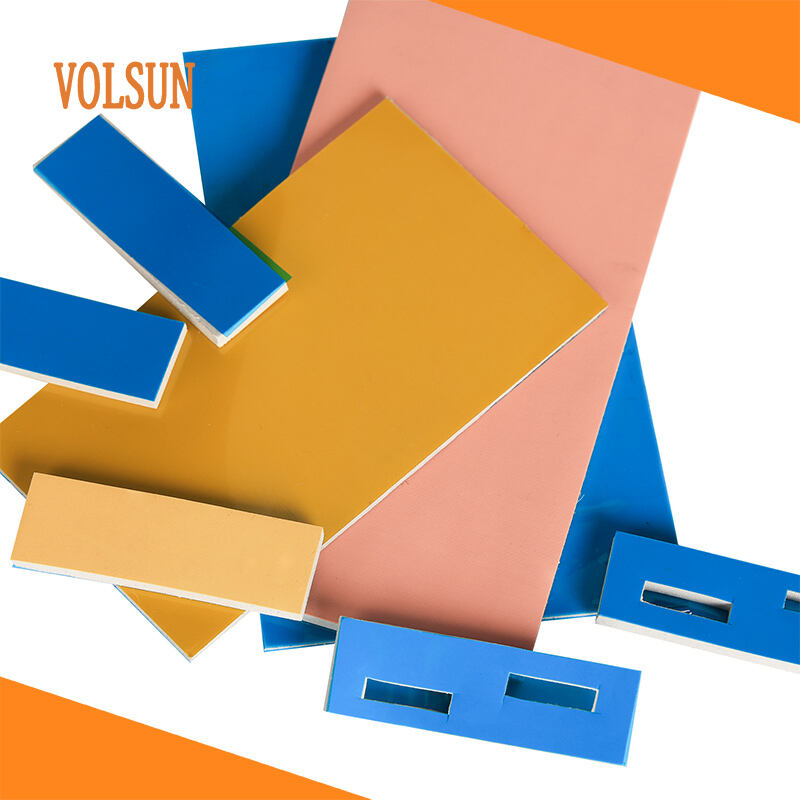How to Choose the Right Material
Selecting the optimal thermal conductive material is difficult. Heat is dissipated in many places by thermal conductive material, like electronic products, computers and cooking utensils. For how well heat is dispersed and for how well your device functions, material matters a lot.
Selection of the Most Effective Thermal Conductive Material: Things to Consider
Consider a few crucial features when selecting a Thermal Conductive Products material. The crucial parameter is thermal conductivity. This informs us of how readily heat can be conducted through a substance. Materials that conduct heat well are better at moving heat than materials that do not conduct heat well.
A few words should also be said about thermal impedance. This demonstrates how much a material is resistant to heat flow. “Low thermal impedance materials conduct heat better than high thermal impedance materials.
It’s also key to consider how sturdy and trustworthy the material is. Over time, some materials can degrade when exposed to heat or other objects in the environment. Your device may serve you for years if you opt for a solid and durable material.
A Comparison of Thermal Conductive Materials for Best Heat Dissipation
Thermal Conductive material has many kinds of varieties with special function and use. Here are some common types:
Thermal Grease - This is a very commonly selected choice for filling in spaces between objects (like heat sinks and heat generating parts). It is of high thermal conductivity and easy to use.
Thermal Pads - these are some sort of a pre-cut shape that you can place between different parts and heat sinks. They insulate and can be used again.
Thermal Tapes - These are kinds of sticky tapes affixing heat sinks to devices. They are user friendly and have a high thermal conductivity.
How to Choose the Right Thermal Material for Your Application
When selecting a thermal conductive adhesive for your application, consider the following:
Locate the source of the heat: Determine where the heat comes from and where it needs to go. This will assist you in choosing the best material for heat transport.
Take into account the operating temperature – Ensure it can withstand the temperature of your device without breaking down.
Check compatibility - Ensure the material is compatible with the parts in your device and does not otherwise cause any issues.
Significance of Heat Conduction Material for Improving Heat Transfer Efficiency
Thermal Conductive Materials are key materials to enable thermal energy to be transferred efficiently in many devices. Using the right material that is high thermal conductivity, low thermal impedance and possesses good structural properties, you can ensure your device not to overheat and work great. It doesn’t matter if you are constructing a new device or working on malfunctioned one, choosing the right Thermal Conductive material is important for efficient heat transfer and prolong the life of your device.
Table of Contents
- Selection of the Most Effective Thermal Conductive Material: Things to Consider
- A Comparison of Thermal Conductive Materials for Best Heat Dissipation
- When selecting a thermal conductive adhesive for your application, consider the following:
- Significance of Heat Conduction Material for Improving Heat Transfer Efficiency

